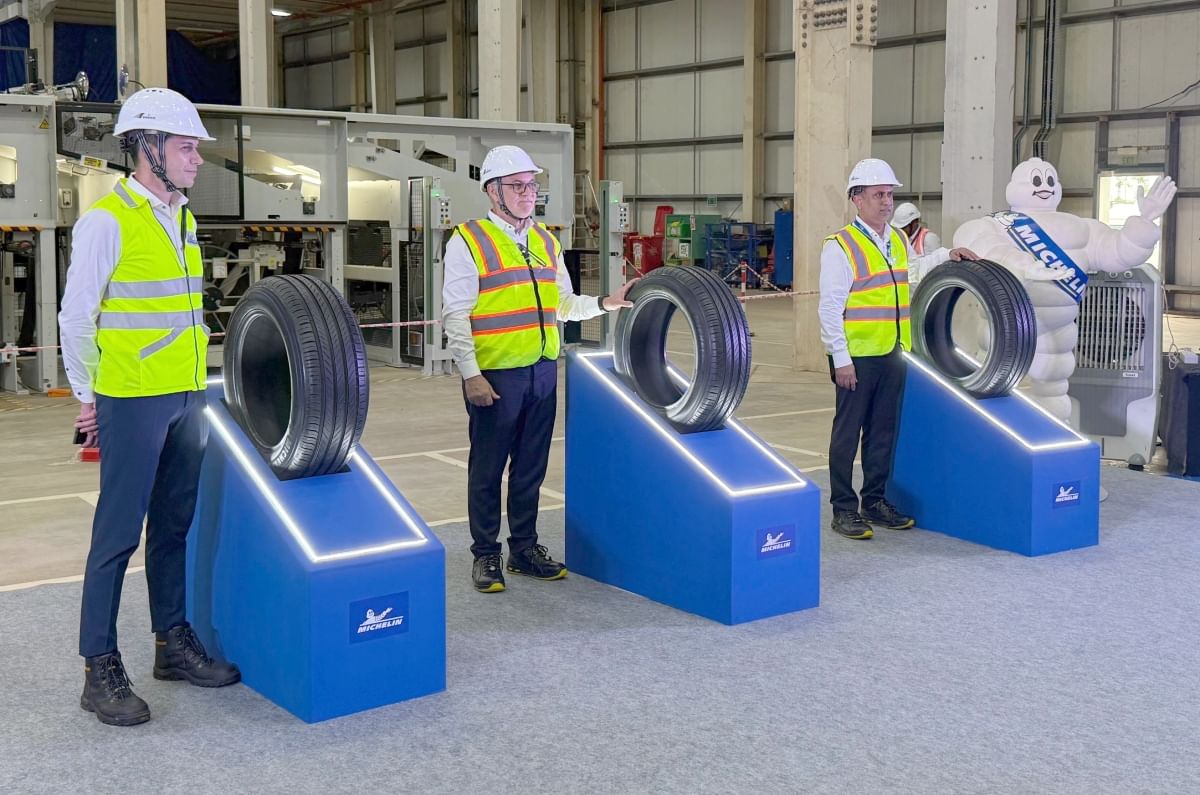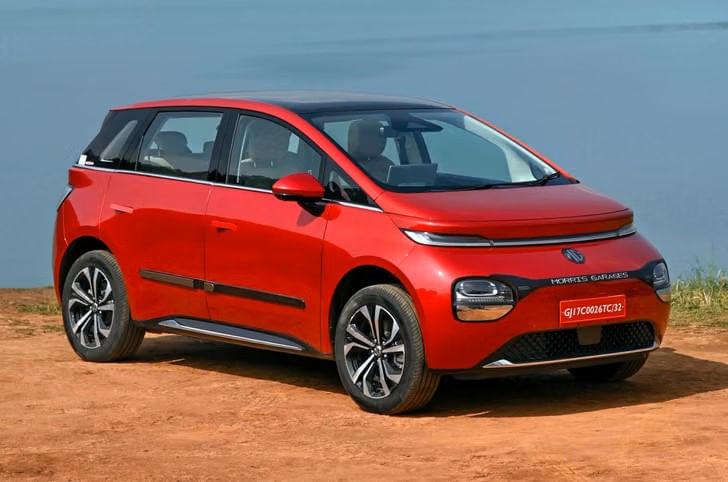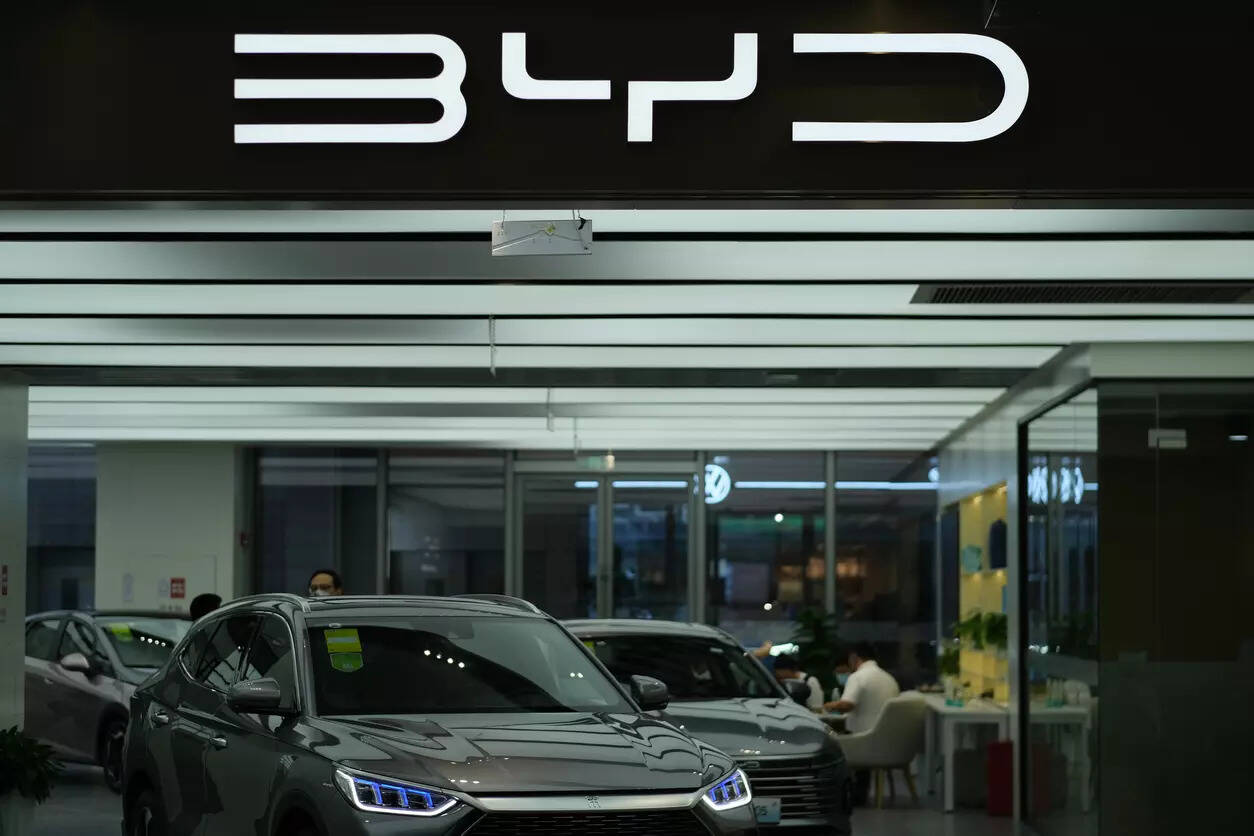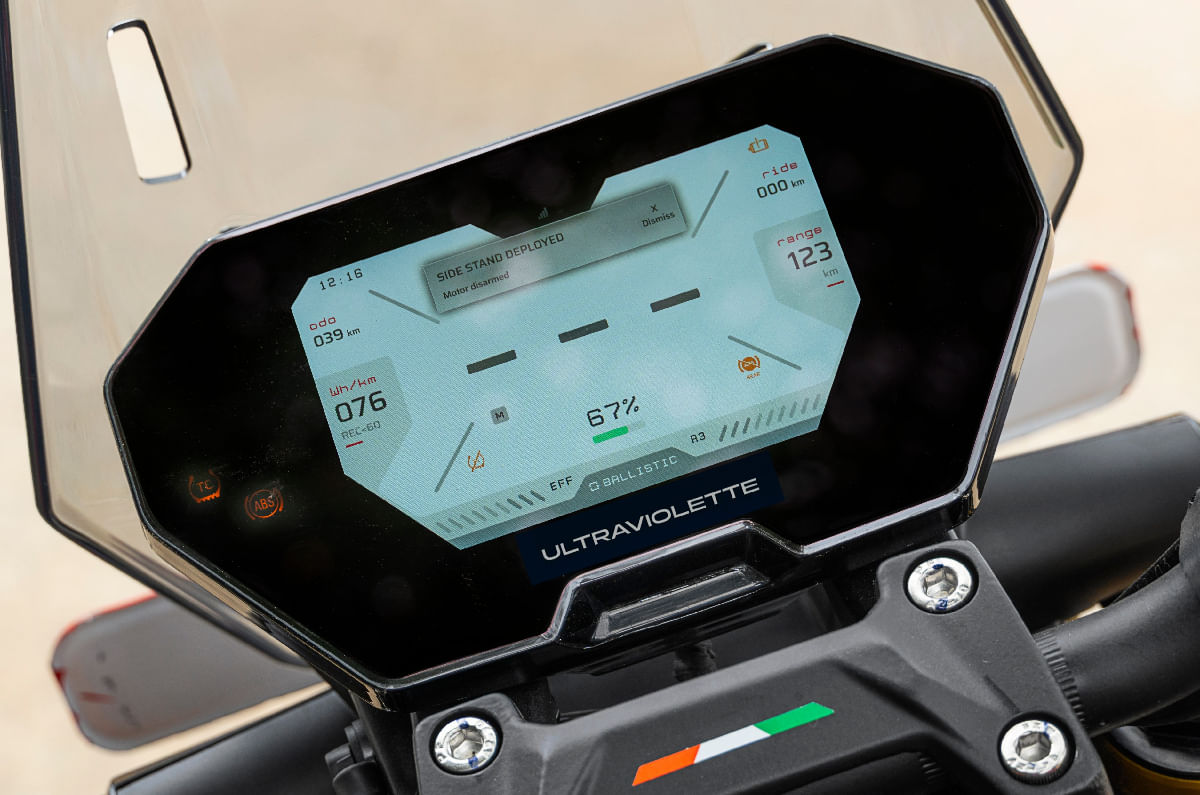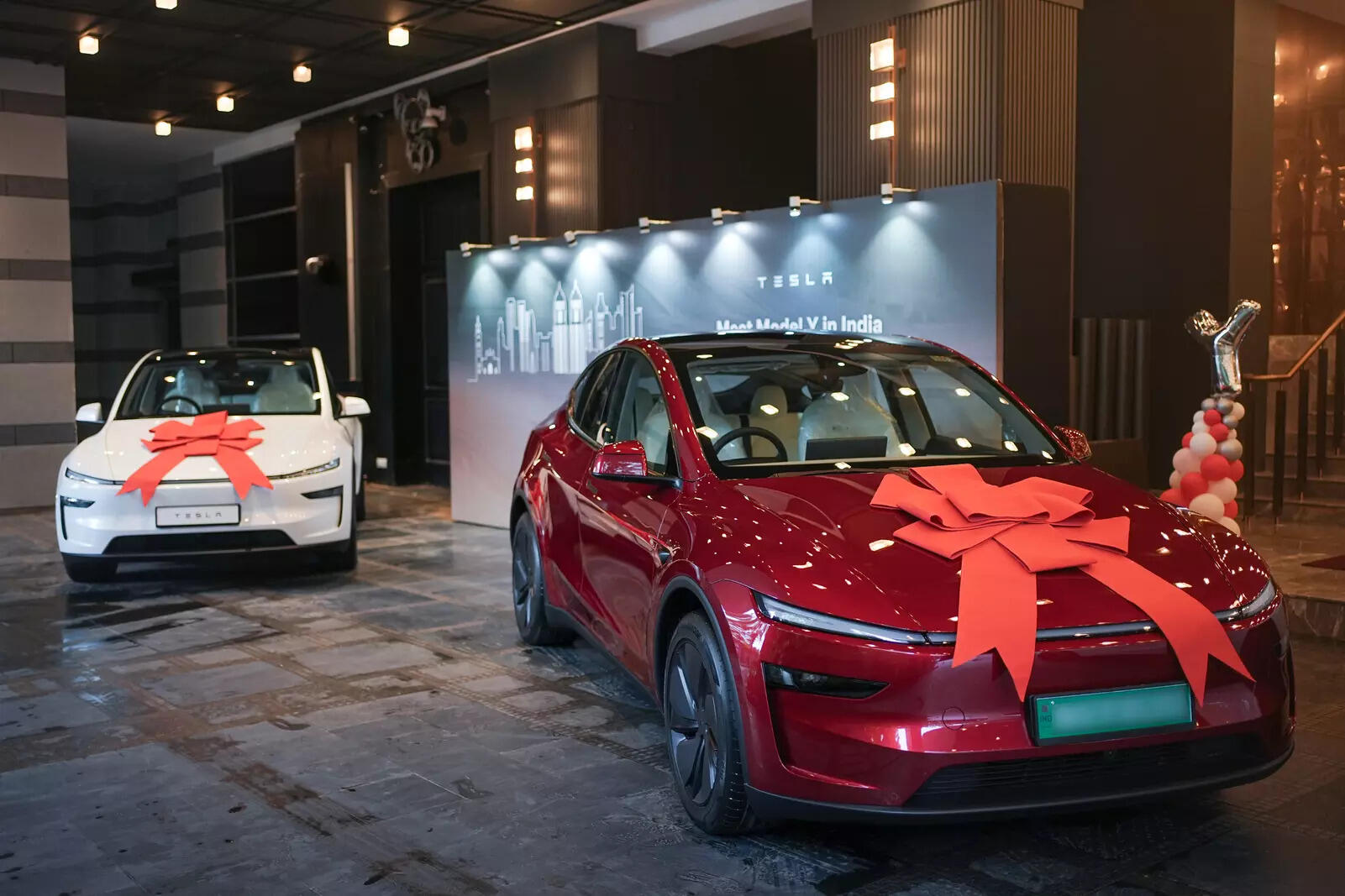It’s safe to say that the Cayenne has been instrumental in Porsche’s modern success story. Since its introduction in 2002, Porsche has gone on to make over 1.5 million units of the SUV in petrol, diesel and plug-in hybrid guises; an all-electric Cayenne, then, is only expected. Porsche invited us to its expansive and impressive experience centre in Leipzig, which is incidentally where the Cayenne story originally started, to understand just what makes it tick. Here’s what we gathered from an action-packed day.
Porsche Cayenne Electric: dimensions and design
Built on the PPE architecture, it has a longer wheelbase than the ICE Cayenne.

The first thing you need to know is that the new Cayenne Electric will be sold alongside its ICE and plug-in brethren, but it’s based on a completely different platform. The electric utilises the PPE (Premium Platform Electric), which also underpins the Audi Q6 e-tron, while the ICE versions are built on the MLB EVO platform. As such, there are differences in dimensions, too. Porsche engineers wouldn’t give exact specs just yet, but the electric has a longer wheelbase, is longer overall and is slightly wider as well.
Front and side profiles are similar to the current ICE Cayenne; the rear sees the biggest change in terms of design.
We were shown a lightly camouflaged version of the production car, but it still gave us more than a fair idea of what to expect. Up front, it’s got the typical Cayenne look, with a wide front grille featuring air intakes that open and close depending on the cooling demand and a large clamshell bonnet with bulges that neatly integrate into the headlights.
The headlights on the higher-spec models will feature Porsche’s Matrix LED tech and the now-iconic 4-point LED daytime running lamps. Lower down, you also get a sporty and angular bumper. Along the sides, it still has the smooth Cayenne silhouette with a slightly tapering roofline, and you also get new alloys finished in the ‘Turbonite’ shade, at least on the Turbo variants.
It’s at the rear where it appears the most distinct. The Cayenne Electric has a segmented LED light bar with an illuminated Porsche logo in the centre, and despite the camouflage, this did appear quite cool. There’s also an active wing mounted on top of the tailgate, and the chiselled bumper features functional air vents on either side with a diffuser element lower down.
It may only be initial impressions, but on the whole, the Cayenne Electric does cut a handsome figure. And being a Porsche, the customisation options will be near endless for customers to personalise their SUV with the paint-to-sample palette.
Porsche Cayenne Electric: Powertrain
Over 1,000hp makes it the most powerful Porsche; oil-cooled rear motor for better thermal efficiency; 113kWh battery is said to give 600km+ range and can be topped from 10 to 80 percent in 16 mins with a 400kW fast charger.
There were also in-depth, AR-powered presentations on the Cayenne Electric powertrain, drive systems and battery to help us understand the technology and engineering that’s behind it.
- Electric motors
Powering the Cayenne Electric are two permanent magnet synchronous motors, one on each axle, which enable all-wheel drive. The Cayenne Electric will be the most powerful production Porsche to date, boasting an output of over 1,000hp and up to 1,500Nm with a push-to-pass function. This will enable the SUV to accelerate from 0 to 100kph in under 3 seconds, from 0 to 200kph in under 8 seconds and reach a top speed exceeding 250kph. That’s some serious performance, and all of this is transferred to all four wheels via a two-stage, single-speed gearbox, essentially a unit deploying two successive gear reductions to achieve the required speed drop and torque multiplication.
Depending on the drive mode selected, the system distributes the torque accordingly between the axles and can even send all of it to the rear axle under certain driving conditions. The Cayenne Electric also boasts a slightly rear-biased weight distribution (48:52).
A major development has been made in the cooling system for the rear motor. Inspired by Porsche’s motorsport activities, the Cayenne Electric features direct oil cooling for the rear motor, ensuring better thermal efficiency and no drops in the motor’s peak continuous output. It uses around six litres of oil that will never need an oil change throughout its lifecycle. Thanks to this direct cooling, the Cayenne Electric can achieve up to 98 percent power-transmission efficiency in real-world scenarios, says Porsche.
- Battery and recuperation
The battery also features a new thermal management system that can heat or cool the battery from both sides (top and bottom), based on the requirement. It even packs a predictive thermal management feature which, depending on the route, weather and driving style, calculates the cooling demand in advance. This helps in extending the battery’s service life and optimising the charging speed.
Porsche says it has also set new standards when it comes to energy recuperation, as the Cayenne Electric can recover energy at a rate of up to 600kW, depending on the speed, temperature and the battery’s state of charge. This level of recuperation puts it on par with Porsche’s Formula E race car, the 99X. Porsche also claims that this new system can handle 97 percent of all braking operations without having to use the friction brakes. There are three levels of recuperation to choose from, and it can bring the car to a complete halt (one-pedal mode).
- Charging
The Cayenne Electric also breaks some new ground when it comes to charging. Its battery can be topped up from 10 to 80 percent in just 16 minutes with a 400kW DC fast charger and in 26 minutes when using a 200kW unit.

Another cool feature is the ‘Porsche Wireless Charging’, which is being introduced with the Cayenne Electric. This is a 7,000-euro option, though, via which customers can wirelessly charge their battery at speeds of up to 11kW. The SUV simply needs to be parked over the floor plate using the guidelines on the screen, and it’ll top up the battery at an efficiency similar to a wired AC charger. What’s great is that it is weatherproof and can detect any movement on the charging plate (animals, for example) and suspend/start the charging depending on the situation – could turn out to be a very handy feature indeed.
Porsche Cayenne Electric: Interior and features
Features a new angled OLED screen dubbed Flow display and ‘mood modes’; gets leather-free upholstery with multiple material, colour and trim options, an electrically adjustable rear seat and a 553-litre boot.
While we didn’t get a chance to see the Cayenne Electric’s complete exterior, what we did get to experience was its cabin, which has some major changes compared to the ICE Cayenne.
- Design and front seats

Porsche says the interior takes some inspiration from the original 911, but it still retains certain Cayenne elements, such as the wide dashboard, the same 3-spoke steering wheel, the analogue Sport Chrono lap timer and the vertical AC vents on either side. The biggest talking point is the new 3-screen layout that dominates the dash. But it’s nice that it still retains some physical buttons and switches for the AC and infotainment in the centre console. There’s also a centre armrest that can be optioned with heating. Front seats aren’t too dissimilar to the ICE Cayenne, which is a good thing, as they offer great support and loads of adjustability.
- Screens
Now, coming to those crisp, high-resolution screens that, incidentally, make the largest digital display ever offered on a Porsche. The setup comprises a 14.25-inch curved display for the instrument cluster that shows all the necessary driving/media information and a large, 14.9-inch passenger display (optional) through which one can control various functions of the infotainment system and even see drive status, among other things. The real highlight, though, is the new 12.25-inch angled OLED centre touchscreen, dubbed ‘Flow display’. This screen, which is hyper-responsive and intuitive to operate, just amplifies the cabin’s wow factor.
In the centre console, Porsche has added a new handrest called the ‘Ferry pad’ on which one can rest their hand while operating the Flow display – it’s ergonomically sound. The Cayenne Electric features an improved electronic architecture over the Macan Electric, and hence, the screens now support more third-party apps, there are more personalisation options, and you can even play games on the passenger screen while charging.
- Features

Being Porsche’s flagship SUV, the Cayenne Electric comes loaded. While the complete feature set is yet to be revealed, the standout elements include configurable ambient lighting; 14-way adjustable front seats with memory, heating, cooling and massage with a new vibration function; a sliding panoramic sunroof that can be made matt, clear or opaque at the touch of a button; an AR-powered head-up display; an AI-powered voice assistant; a digital key; and multiple device charging provisions, including a wireless charger, among many other features.
A new addition is ‘mood modes’, which consists of nine pre-configured ‘moods’ to choose from, such as Dynamic, Relaxation and Focus. Basically, what mood modes do is configure the seat functions, screens, sounds, AC and ambient lighting to reflect each mode. For example, in Dynamic mode, you get sporty sounds, red ambient lighting and a sporty cluster theme, among other bits.
- Materials
In keeping with the Cayenne Electric’s green theme, its upholstery is said to be entirely leather-free. Porsche is offering up to 13 different colour options, four interior packages and four new material options – including Race-Tex and Pepita fabrics made popular by the 911. There are multiple trim options, too, including wood, aluminium and carbon fibre, and buyers can further customise the interior using Porsche’s Exclusive Manufaktur range and the Sonderwunsch special requests programme.
- Rear seat

Like the regular Cayenne, the rear seat of the Cayenne Electric is a comfortable place to be. There’s ample headroom and kneeroom for six-footers, it’s wide enough for three, and what’s nice is that you’re not seated in a knees-up position. But what aids comfort at the rear is 4-way electric adjustability, so rear passengers, too, can adjust the backrest recline and the seat base – neat.
- Practicality
Like many born EVs, the Cayenne Electric boasts added practicality over the ICE, with a large cubby in the centre console. This is further backed up by a big glove box, a sizeable front trunk and a 553-litre boot that can be expanded to 1,588 litres with the rear seats down. However, as expected, there’s no space-saver spare tyre, and you only get a puncture repair kit with a tyre inflator.
Porsche Cayenne Electric: Track and off-road experience
Passenger rides showcased just how capable the Cayenne Electric is on the track and off-road.
Unfortunately, there was no driving during this visit but passenger rides with Porsche’s drivers did show off its capabilities.
- Track experience

The Porsche test track in Leipzig consists of some of the best corners from circuits world over like the corkscrew from Laguna Seca and the Karussel from the Nurburging, among others, which naturally means it’s one epic track to demonstrate the Cayenne Electric’s on tarmac prowess. The Cayenne Electric Turbo launches with a ferocity that backs up its 0-100kph time of under 3 secs, pinning me back in the seat until the expert backed off (a little too late for my liking). On track is where the Active Ride suspension (optional and a first for a Porsche SUV) really came to the fore keeping this massive 2.5 ton SUV flat around corners with barely any body roll. The Porsche Torque Vectoring Plus system and the optional rear wheel steering lends the Cayenne impressive agility and great traction out of corners. The optional carbon ceramic brakes also did their bit to stop it on a dime. Two breathless and slightly nauseous laps later, I was staggered as to how capable it is on a track despite being what it is – a large heavy SUV.
- Off-road experience

Then came the off-road experience. Just off the test track and experience centre is Porsche’s off road proving ground – which encompasses a former military base which to this day has a bunker and a tank bridge in it. And apart from some wildlife too, there’s a whole host of obstacles that’ll test even the most capable of off-roaders. First up was a steep and slippery incline of about 38 degrees which is tough enough to walk up. But the Cayenne Electric slowly and steadily climbed without drama thanks to the new Porsche Traction Management system (ePTM) which can adjust the acceleration, torque and traction slip in just 5 milliseconds. The hill decline too was taken in its stride, with Porsche’s hill descent control doing most of the work, braking as and when needed. The Active Ride suspension also stood out in the articulation obstacle, keeping the SUV flat and transferring as little movement to the cabin with the wheels and suspension doing all the hard work. Finally, a water wading obstacle showcased its all-weather capability. Mind you, this was all on Pirelli P Zero road tyres which is commendable.
Porsche Cayenne Electric: Global debut and India launch
Cayenne Electric to debut globally in November with an India launch expected in the second half of 2026.

The new Porsche Cayenne Electric is set to make its global debut in November, with launches in international markets first. The SUV will be shown in two guises initially – base and Turbo – following which other variants like the 4S etc. will join at a later stage. As for India, the electric Cayenne is expected to launch in the second half of 2026. Porsche has not said which variants will be offered in India, but it is safe to assume that the base and the Turbo will be on sale given that’s the case with the Taycan and Macan EVs here as well. As for the competition, the Porsche Cayenne Electric will rival other all-electric luxury SUVs such as the upcoming Range Rover Electric, the Mercedes-Benz EQS SUV, the BMW iX and the Audi Q8 e-tron.







